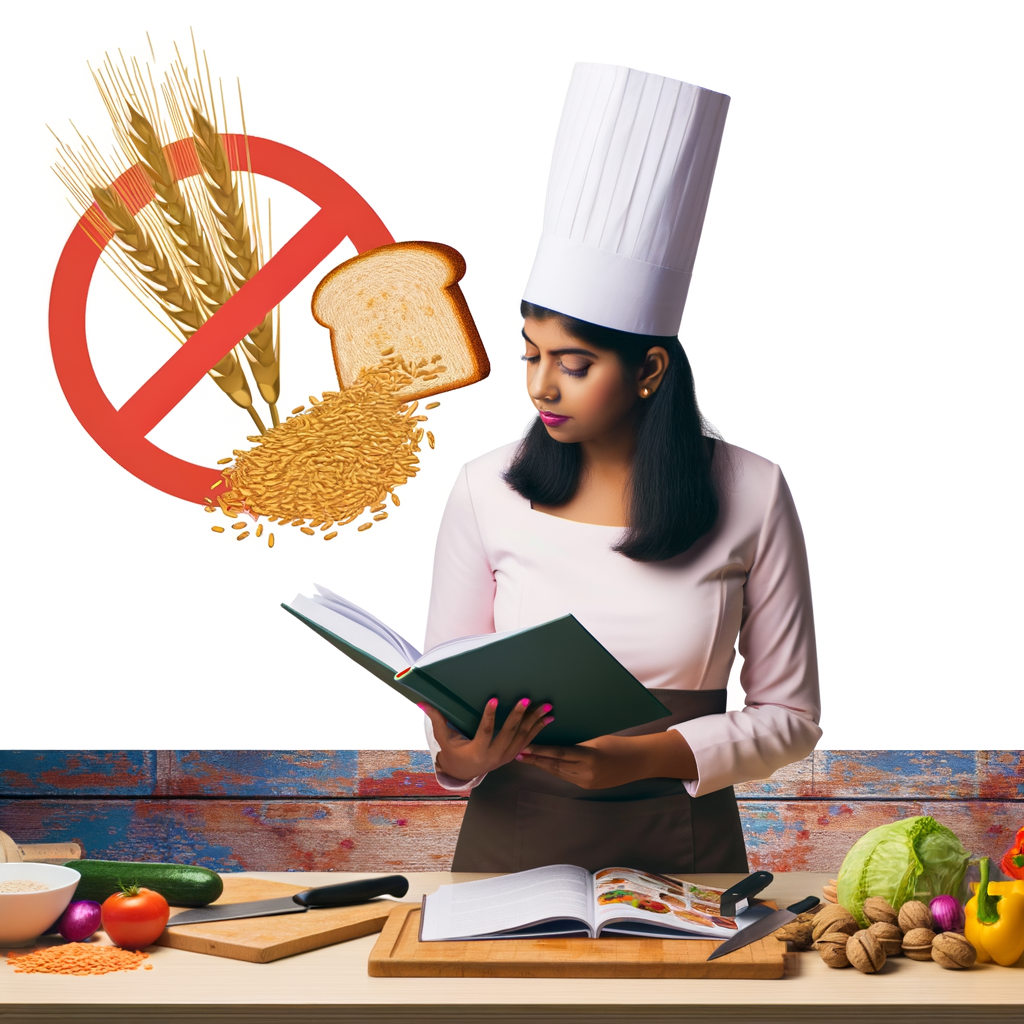As a chef, I am always looking for new ways to bring excitement to my dishes. One of the biggest trends in the culinary world right now is gluten-free cooking. With more and more people discovering gluten sensitivities and celiac disease, it’s important for chefs to understand how to accommodate these dietary preferences.
First, let’s define what gluten-free means. Gluten is a protein found in wheat, barley, and rye. For people who have celiac disease, consuming gluten can lead to serious health issues. For others, gluten can cause digestive problems and discomfort. By eliminating gluten from their diet, these individuals can lead a healthier and more comfortable life.
So, how can we as chefs accommodate this growing dietary preference? It’s all about understanding ingredients and substitutions. For example, instead of using wheat flour, we can use gluten-free flours like almond or coconut flour. We can also use alternative grains like quinoa or buckwheat in our dishes.
But it’s not just about substituting ingredients. It’s also important to understand cross-contamination. When preparing gluten-free dishes, we need to make sure our cooking surfaces and utensils are thoroughly cleaned to avoid any traces of gluten.
As a chef, it’s my job to make sure all of my guests have a memorable dining experience. By understanding and accommodating dietary preferences like gluten-free, we can ensure that everyone can enjoy our dishes without any worry or discomfort.





